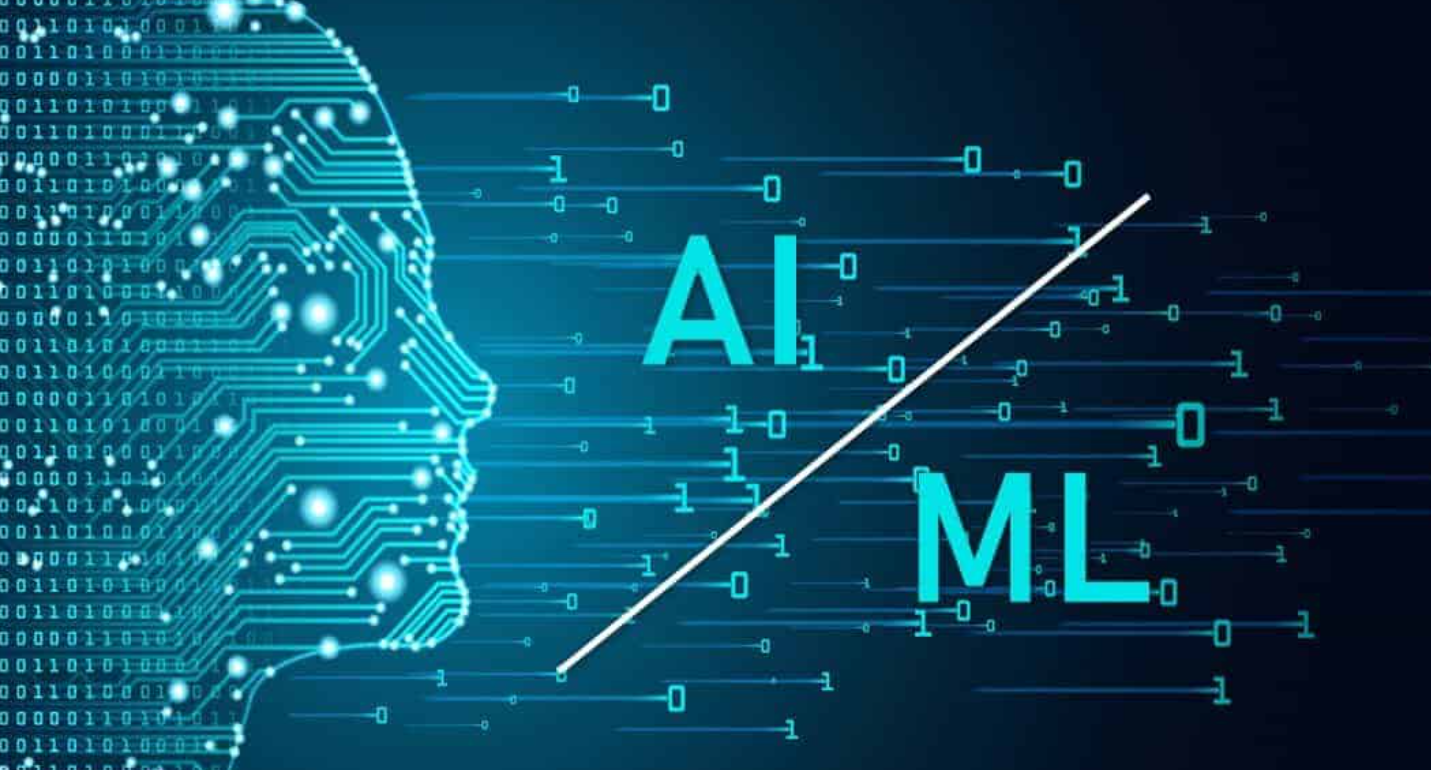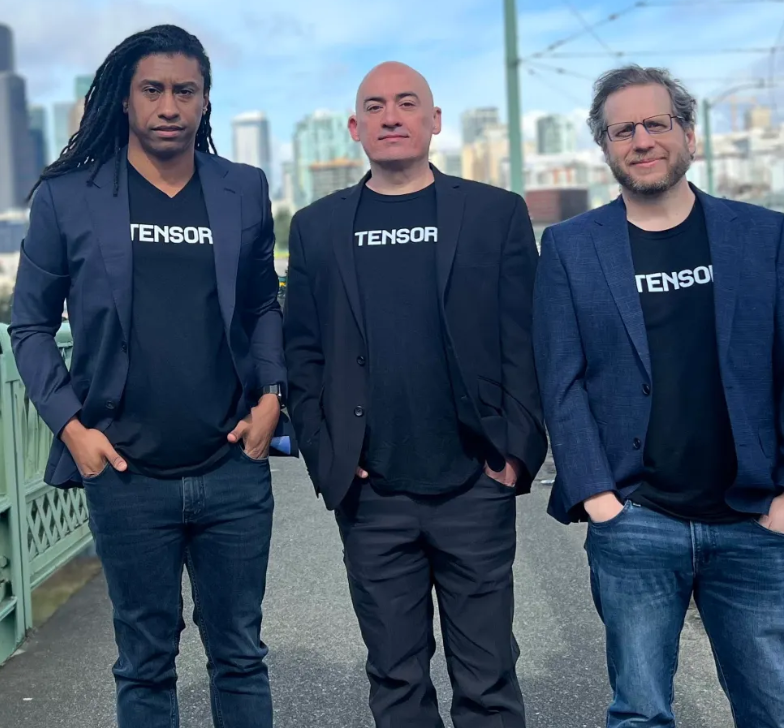Artificial intelligence has gone from an obscure research topic to being on its way to becoming the most transformative force that will redefine our world. This journey has taken decades and seen the emergence of machine learning, deep learning, and, most recently, generative AI. Understanding these intricate technologies is key for anyone willing to navigate an increasingly AI-driven future.
The Foundation: Artificial Intelligence
AI, in essence, aims to create computer systems capable of performing tasks that typically require human intelligence. These include learning, reasoning, problem-solving, and understanding natural language. The field’s origins date back to the 1950s, but it remained largely theoretical for decades.
Early AI efforts focused on rule-based systems and expert systems, which attempted to codify human knowledge into a set of rules that computers could follow. While groundbreaking, these approaches had limitations in dealing with complex, real-world scenarios.
The Game-Changer: Machine Learning
Machine learning (ML) emerged as a powerful subset of AI in the 2010s. Instead of following pre-programmed rules, ML algorithms learn from data. They identify patterns and make predictions based on vast amounts of information.
ML excels at tasks like:
- Pattern recognition
- Anomaly detection
- Predictive analytics
This technology has found applications across industries, from finance and healthcare to cybersecurity and marketing. ML’s ability to process and learn from massive datasets has made it invaluable in our data-rich world.
Going Deeper: Deep Learning
Deep learning represents the next evolution in AI capabilities. It uses artificial neural networks inspired by the human brain’s structure and function. These networks consist of multiple layers, allowing them to process information with increasing levels of abstraction.
Deep learning has proven exceptionally powerful in areas such as:
- Image and speech recognition
- Natural language processing
- Complex decision-making tasks
The “depth” in deep learning refers to the multiple layers in these neural networks. This depth allows the system to learn hierarchical representations of data, enabling it to tackle more complex problems than traditional machine learning approaches.
The Creative Frontier: Generative AI
The most recent and perhaps most exciting development in AI is generative AI. This technology, built on foundation models like large language models, can create new content rather than simply analyzing existing data.
Generative AI applications include:
- Text generation (chatbots, content creation)
- Image synthesis
- Audio and video manipulation (including deepfakes)
- Code generation
These systems can produce human-like text, create realistic images from descriptions, or even generate computer code based on natural language instructions. The power of generative AI lies in its ability to understand context and produce relevant, original content.
The AI Adoption Curve
The progression from early AI to generative AI has dramatically accelerated AI adoption across industries and society. While AI’s potential was long recognized, its practical applications were limited for decades. Machine learning and deep learning began to change this, offering tangible benefits in data analysis and decision-making.
However, it’s generative AI that has truly captured public imagination and driven exponential growth in AI adoption. The ability of these systems to engage in human-like interactions and produce creative content has made AI accessible and relevant to a much broader audience.
Looking Ahead
As AI develops, even deeper impacts will be felt in our lives and work. Knowledge about what AI can and cannot do is key to the effective use of AI. From simple patterns of recognition to creative content generation, AI technologies have a spectrum of tools that will assist human intelligence and productivity. The revolution of AI will not take over human work; it will only enhance human capabilities. Moving ahead, it will be the organizations and people who are able to use this new era of AI as a partnership, thereby leveraging each other’s strengths, which will enable the application of truly human skills such as creativity, empathy, and critical thinking. It shall be a moment of lifelong learning and constant adaptation across a continuously shifting landscape. Getting on that path means understanding the basics of AI, machine learning, deep learning, and generative AI.






